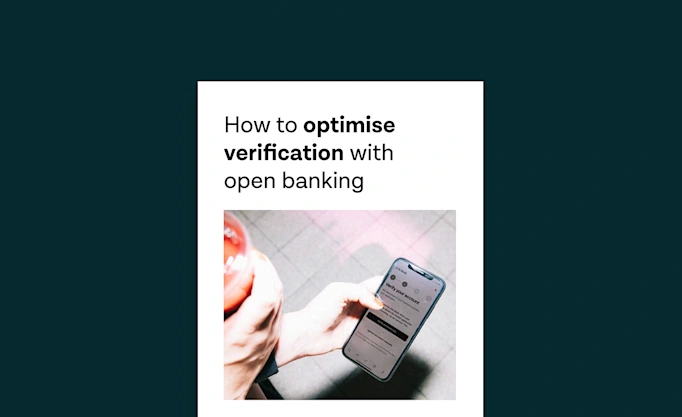Under the hood: building a new Tink product

We go behind the scenes to find out how the Tink tech team tackles the challenges of building a new product. To give you an idea, data scientists Joacim Strand and Erik Norlander explain the workings of building the affordability assessment product Expense Check.
We look under the hood to find out how the Tink tech team tackles the challenges of building a new product.
Data scientist Joacim Strand and Erik Norlander walk us through the process of building our latest lending product, Expense Check.
Expense Check gives you access to real-time and categorised expense data, so you can assess affordability with facts rather than assumptions.
We’ve recently released Expense Check, a product that segments the expense streams into a taxonomy fit for banks and lenders to get a deeper understanding of their customers’ finances.
With the help of pattern recognition, outgoing transactions from a user's bank account can be grouped and filtered by recurrence and other criteria to extract only the ones that constitute active spendings. Each stream is classified into categories that help the lender decide whether or not the applicant will struggle to pay off the loan until the end of maturity.
Building the model
The first step is to observe outgoing transactions and extract the ones that can be labelled as expenses. There are many expenses that can be found in a bank statement, but we want to track and categorise the user's inflexible spendings. ‘By inflexible, we mean spendings that determine a borrower's ability to repay,’ Joacim explains. ‘That’s why we don’t include small transactions – the probability that a borrower can live without these purchases is very high.’
Treating each category differently
We have more than 35 segments under various categories. To deliver an accurate product, we treated each category differently. ‘We can’t have the same model for groceries and housing, for example. Housing costs are stable and easy to track given the detail and the size of transactions, while groceries are much more complicated,’ Erik adds and continues.
‘We calculate the median of the last six months and take outliers, such as grocery purchases of €1000, into account. Purchases like these could be for a New Year’s Eve party or similar – and again, the probability that a borrower can live without this kind of purchase is very high. The important thing is to identify a steady level of spending.’
Yesterday is history – introducing real-time expense streams
For most categories, we identify recurring costs and label them as either inactive or active, depending on when we last saw them and their periodicity (which we identify as anything from weekly to annually). This allows us to give accurate figures on the user's current spending – we don't rely on historical spending (such as the average of the last six months), but are instead able to identify figures showing how much the applicant spends right now.
‘Take a user who cancelled their car leasing agreement two months ago. If the model simply took the past six-monthly average into account, it would assume the applicant was still responsible for the leasing payment. Instead of making assumptions based on an applicant’s average spending, we can deliver up-to-date figures showing their actual active spending,’ Joacim concludes.
How open banking can power lending
Until now, providing loans meant a multitude of manual input of data – for credit givers and takers alike.
Expense Check is designed to give lenders access to real-time data so that they can rely on current, up-to-date information rather than traditional methods such as standard tables.
Moreover, we believe that consumers benefit from solid affordability assessments as it prevents them from borrowing money they can’t afford to pay back – decreasing the amount of non-performing loans and boosting lender profitability.
Open banking is powering the future of lending. Want to be part of the change? Get in touch.
More in Product

2025-02-06
6 min read
Introducing User Match: Built-in name verification to make security fast and easy
Discover how the latest feature of our verification products, User Match, is improving security by verifying users' names when adding bank accounts, reducing fraud and enhancing account protection.
Read more

2025-01-15
1 min read
Guide – How to optimise verification with open banking
Download our new account verification guide to learn how to streamline your operations, reduce risk, and enhance customer experience with the help of open banking-powered solutions.
Read more

2024-09-18
14 min read
Connecting the dots: how UX optimisations are driving success rates
We’ve previously explored small tweaks that get big results in open banking conversion rates. This deep dive drills further into how to reduce friction – and improve success rates through a fresh round of incremental changes in our UX.
Read more
Get started with Tink
Contact our team to learn more about what we can help you build – or create an account to get started right away.
